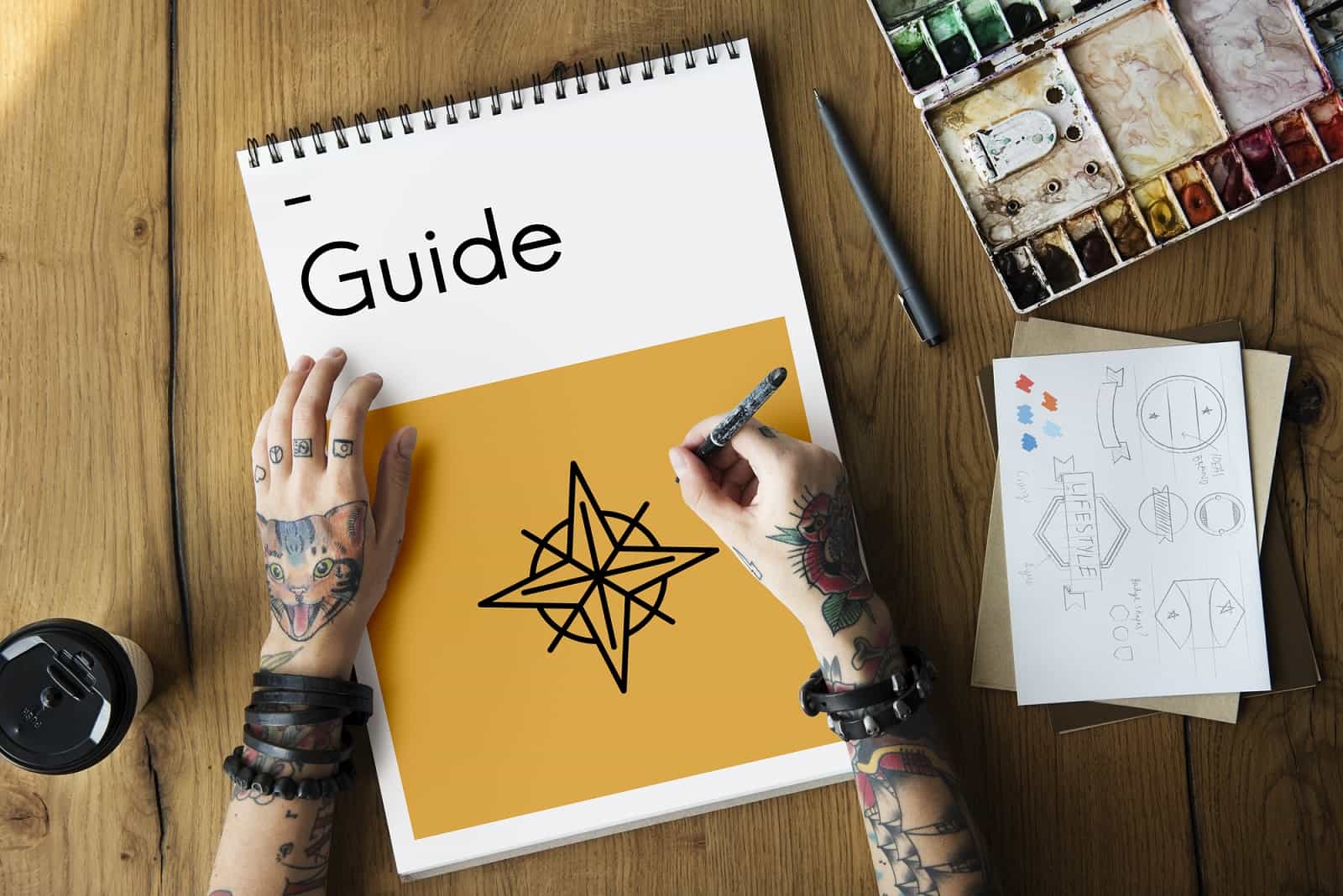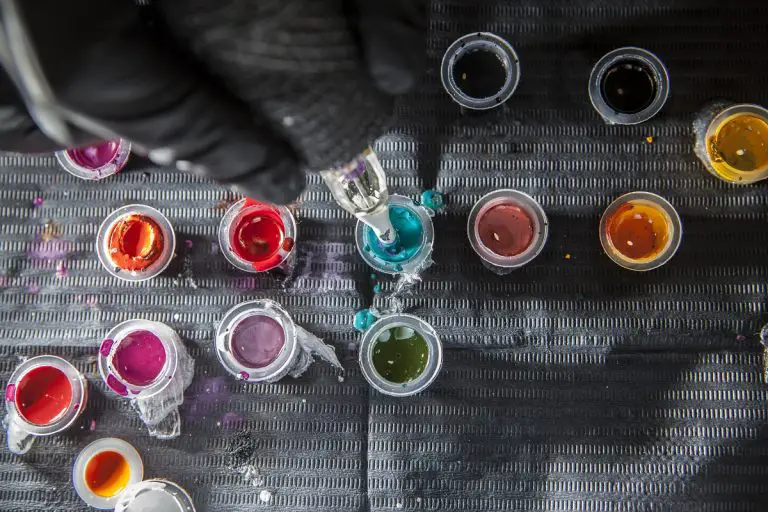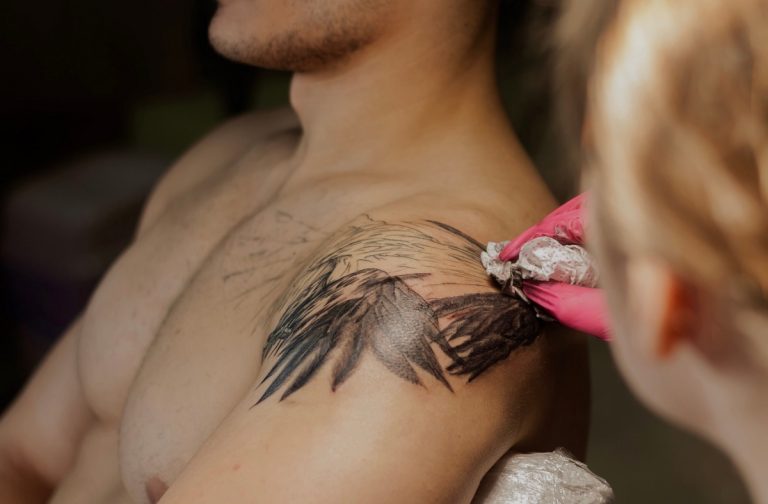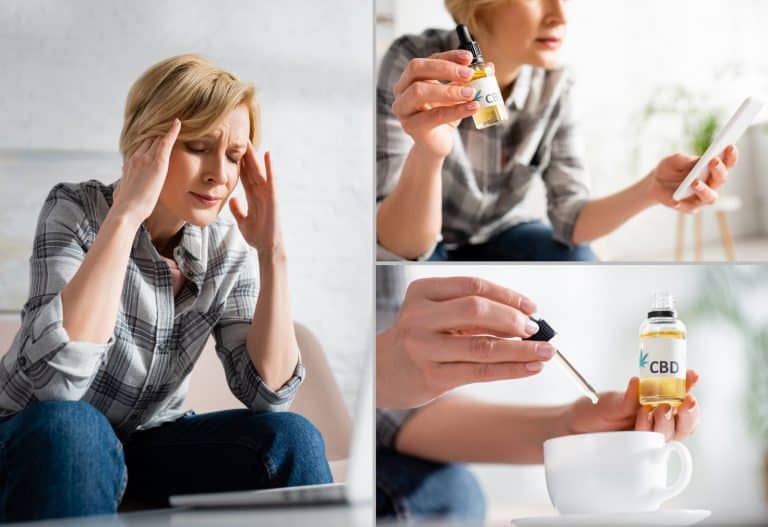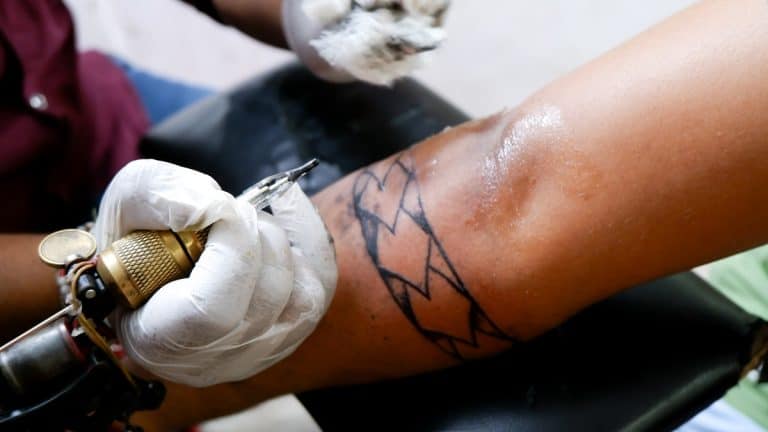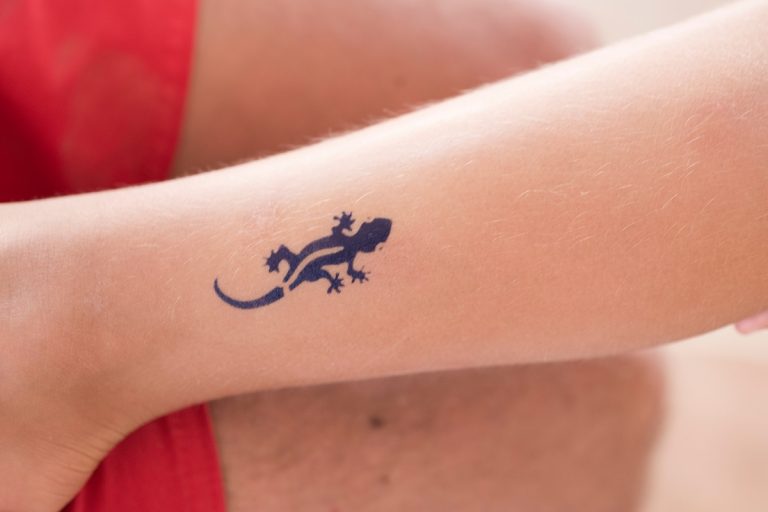Everything You Need to Know Before Getting a Tattoo – A 101 Guide
How many hours have you spent doodling in a notebook to create the designs you desperately want tattooed on your body forever?
Yep, that’s a lot of hours!
But before you get ahead of yourself, there are a few things you should know. In our 101 guide to everything you should know before getting a tattoo, we’ve compiled all the essential info in one place. After chatting with professional tattoo artists and ink addicts, we’ve answered all those burning questions and put together the ultimate guide – including an FAQ that everyone should read before getting a tattoo.
Who is This Guide for?
We’ve created this tattoo guide for complete beginners. There’s even a section recapping exactly what a tattoo is and what getting a tattoo entails! There are no stupid questions, so if you have a question that’s not answered in this guide, don’t hesitate to leave us a comment at the end.
If you are:
- Planning your first tattoo,
- Unsure if tattoos are right for you,
- Nervous or unsure about the tattoo process,
- Just curious about tattoos in general,
This is a guide written especially for you, covering the things you need to know about beforehand through to aftercare.
Tattoos for Dummies – A Quick Recap
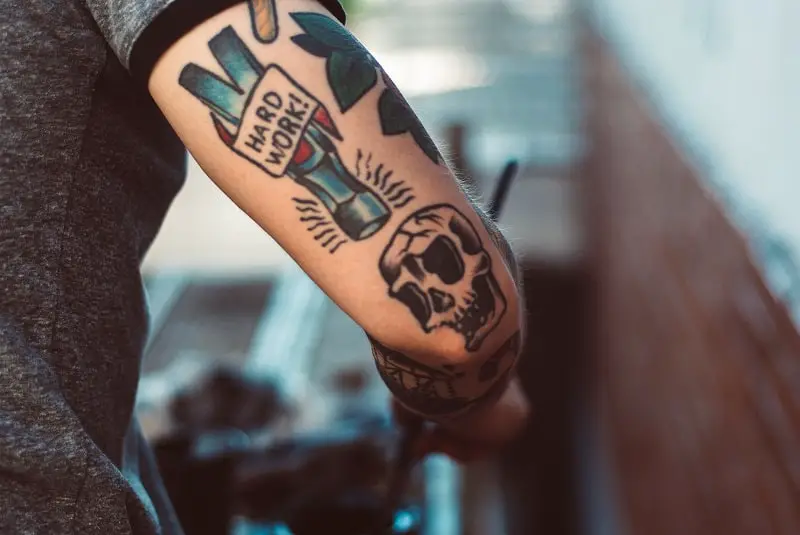
A tattoo is permanent. We’re dealing with the life-long kind, not the henna or stick-on kind. Tattoos are body art that’s created by embedding inks into the dermis layer of your skin. This is done by puncturing your skin repeatedly with a needle to reach that second layer of skin and deposit the colors there.
Once the wound heals over, the colors and designs show through. This is permanent and will stay with you for the rest of your life unless removed surgically or with lasers (more on that below).
As a result, in the USA, you need to be at least 18 years old to get a tattoo.
Also Read:
Things to Think About Before You Get a Tattoo
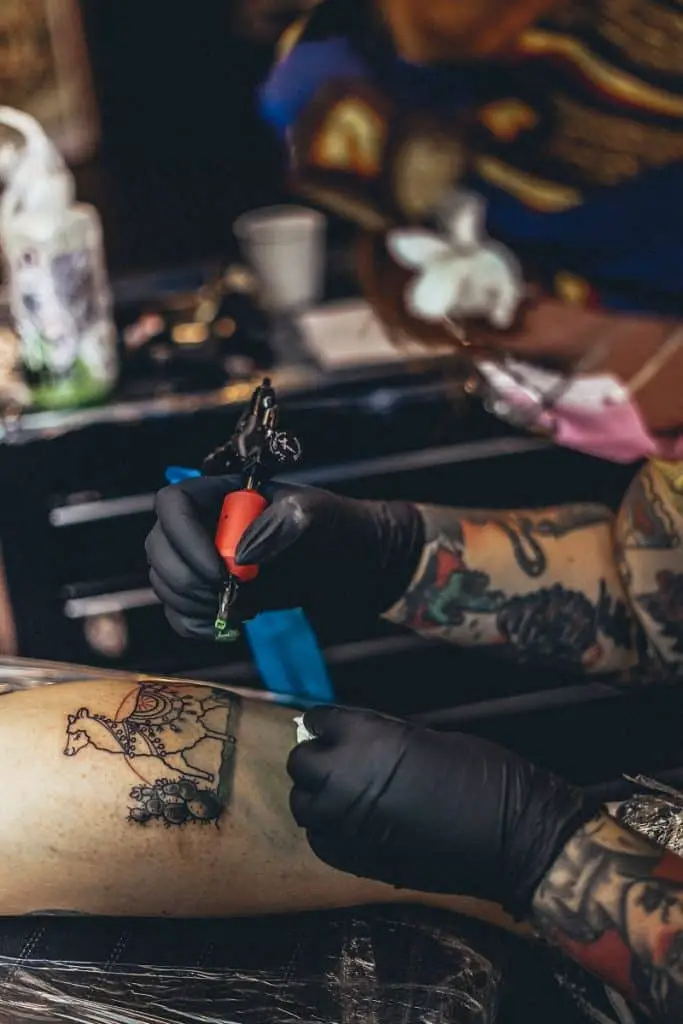
Like everything, there are pros and cons to getting a tattoo. For most people, pain is the most immediate concern, but there are other things that you need to consider before you begin…
Don’t Forget – It’s Permanent
Before you even think about finalizing designs, here are some facts that you need to let sink in:
- The tattoo will hurt (although the adrenaline that kicks in will help),
- It won’t be cheap,
- The whole process takes time, it’s not instant!
- Your tattoo will still be with you when you’re 90,
- Tattoo removal can be painful and expensive.
Removing a tattoo, even a tiny one, costs quite a bit. And some tattoos are far harder to remove than others. For laser removal, the national average cost is $463. For a whole sleeve, you’re looking at thousands of dollars.
Before you decide on a tattoo, read the section below describing the tattoo process, and read this Healthline guide on tattoo removal. If you can stomach both, you’re good to go.
Choosing a Design
A tattoo can be extremely meaningful, so take the time to think about what you want. It’s not something to rush into.
The style of your tattoo and the skills of the tattoo artist should match, especially if you’re relying on them to put the design from your mind to paper. In-demand tattoo artists will be booked up way in advance, so if your dream is to get the perfect tattoo from your tattoo artist idol, be prepared to wait patiently.
Do your research! Look at tattoo artists on Instagram or visit tattoo shops in-person to browse portfolios. This is a great way to find inspiration and get an idea of how designs look when they’re on skin rather than paper, which leads us on to…
Placement and Size
To put it plainly, the larger the tattoo, the longer it will take (more sessions), the more it will cost, and generally, the more it will hurt.
But placement is also something important to consider, especially if you’re concerned about the pain of tattoos. Skin stretched close to bones, with little flesh, tends to hurt a lot. As do particularly sensitive areas.
Common placements that will test your pain tolerance:
- Torso
- Rib cage
- Elbows
- Inner thighs
- Undersides of your upper arms
Once you’ve decided on a general location for your tattoo, the tattoo artist can help you decide on the placement and size.
Pain and Care
Getting a tattoo will hurt – there’s no denying that. The level of pain depends on the size and placement, as well as your pain tolerance levels. If you can’t stand pain of any kind, then the tattooing process may be too difficult for you.
You also need to be serious about the pre-care and after-care for your tattoo. Impromptu trips to the tattoo parlor are great, but for your first tattoo, it’s better to be prepared. That means doing research, booking your session in advance, and following the advice given on caring for your new ink.
Read More: Tattoo Pain Chart: What Is The Most (Least) Painful Place
A Reasonable Budget
Getting a tattoo won’t be cheap. Even if you only want a tiny ladybug on your toe, the tattoo artist still needs fresh ink, clean needles, gloves, and then there’s all the sterilizing needed on the equipment. That’s why prices start around $50 to $100 regardless of the tattoo size. Oh, and you need to tip.
That’s also part of why you shouldn’t haggle with a tattoo artist. The other reason is that they are genuinely an artist and you’re paying for the skills and talents of that person. If a tattoo quote seems to be very cheap, that should be a warning sign!
In fact, finding the right tattoo artists and a reputable tattoo shop is such an important decision. So, next up we’ll take you through what to look for and how to find one.
Read More: How Much Do Tattoos Cost: 6 Tips For Getting The Best Price For A Tattoo
Finding A Good Tattoo Artist/Shop
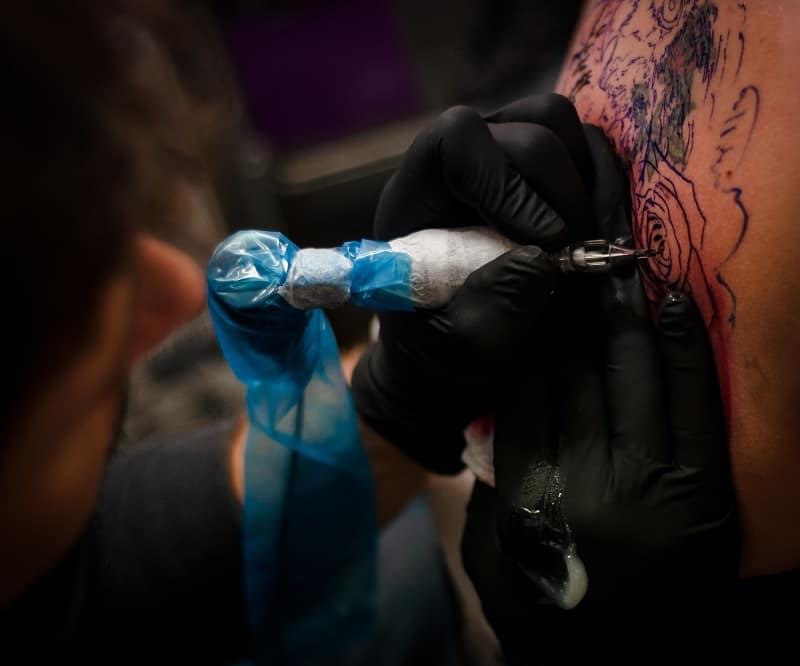
Your style of tattoo will determine the tattoo artists and shops that you approach first. If your tattoo is super simple (e.g. mom’s initials on the inside of your wrist) then this doesn’t matter a huge amount. But if you’re aiming to recreate the modern Mona Lisa of tattoos on your shoulder, then finding a tattoo artist who’s skilled in the style you want is important.
The most common styles of tattoos are:
- Japanese and comic book styles – vivid colors but clear outlines and a distinct style.
- Shades of grey – often very detailed and there’s a lot of shading involved, but only one color.
- Portraits – similar to realism but often a category of its own. Not all tattoo artists can capture portraits in ink.
- Realism – it looks just like a photo! Again, not all tattoo artists can recreate this effect.
- Surrealism – if you want an abstract, unique tattoo then you’ll need a confident and experienced tattooist to draw one up.
Once you know what style you’re aiming for, you can create a shortlist of tattoo artists and parlors that could be a good fit. But before you get under the needle, you need to check how safe the tattoo shop is.
4 Signs of a Safe Tattoo Shop
Do some research! Going to each individual tattoo artist and shop in 2023 is not very practical, especially with COVID-19 keeping us all indoors. You might find some tattoo artists not taking on much work this year because of the pandemic.
That makes your job a little bit harder. Instead of visually inspecting the tattoo shop, you need to research online. Places to research and uncover all the dirty secrets include:
- Online reviews – TrustPilot, Google reviews, Reddit, and all the social media platforms.
- Referrals – ask friends and family where they got tattoos and their experiences.
- Reach out to customers – send a DM online to people with tatts from shops you’re considering, to ask their opinion.
- Call up or email the tattoo shop themselves – you can quiz them about the factors below.
Cleanliness
So important! You do not want a tattoo from a grimy tattoo shop. If you get bad vibes from the store (or images of the store) then avoid it. It’s not worth getting an infection.
A clean and hygienic tattoo artist will not handle any equipment without wearing a pair of gloves – a fresh pair for each customer. Every surface you touch needs to be sterilized before and after you touch or sit on it. Covering seat areas with tissue paper that can be discarded after your session is good too.
All needles should be single-use and sealed before they’re used. If they aren’t… run away!
Also Read: How To Clean Your Tattoo: Step By Step Guide
Professionalism
Tattooists are cool people, but they should still be professional. They shouldn’t rush you into anything and if it’s your first tattoo, they should guide you through what they’re doing and what to expect.
A professional will prefer a consultation first, to discuss what you need and make sure everything is clear – including the price for their work.
Experience
This is especially important if you want a stylized tattoo, like a portrait of your cat. You’ll get the best results if you select a tattoo artist who has experience inking similar designs in the past… and can prove it with their portfolio or clients who are willing to chat with you.
Price
Experience is linked with price – a more experienced tattooist may charge more for their expertise. In our opinion, that’s totally worth the cost, but you need to work to your budget. Ask for quotes from tattoo shops even if you don’t plan to get your tattoo there. This will help you compare tattoo prices and detect when you’re being over-charged or if a quote is suspiciously cheap.
How to Prepare for a Tattoo
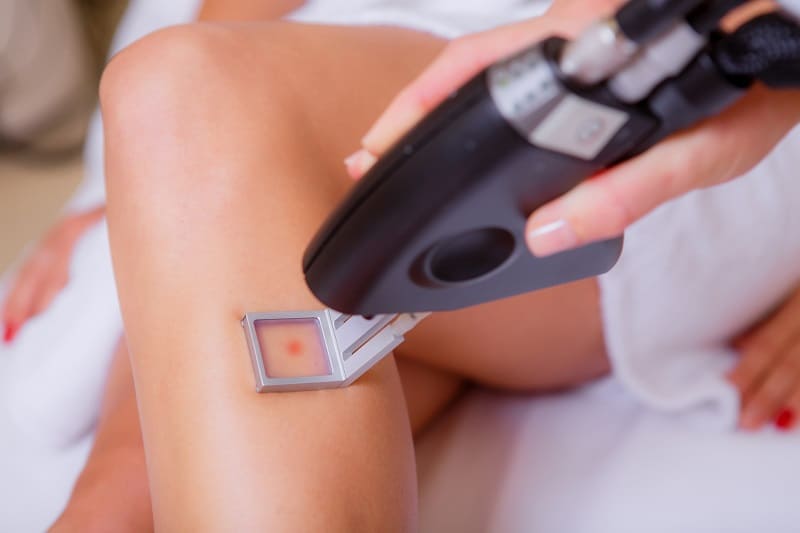
Before you get anywhere near a needle, you’ll need to sit down with your tattoo artist to go over some paperwork (proof of age and payment, namely) and finalize the design. You might be able to do this in one session if you’ve got a simple design ready. Or it might take several consultations. You’ll also book a time to get the tattoo done.
If your tattoo artist doesn’t give you pre-care instructions, then ask them directly what you should do the day and night before your session.
General advice usually includes:
- No alcohol, caffeine, aspirin, or any substance that thins your blood. Avoid these substances for 48 hours before your tattoo to prevent excessive bleeding.
- Stay hydrated and eat well. Keep your strength up so you can survive long tattoo sessions, and your body will heal faster if it’s in tip-top shape.
- Moisturize, but not immediately before the session. In the week leading up to the tattoo, or a few days before the session, moisturize your skin lightly.
- Shave the area of the tattoo the night before. Some tattoo artists like to go over the area again with a razor when you arrive. But don’t cut yourself, or you’ll need to cancel the appointment completely.
- Get plenty of rest and sleep well the night before. Being alert will help you stay calm and very still while you’re being inked.
When you go for your session, make sure you’re wearing comfortable clothes that easily expose the area that’s being tattooed. You don’t want to wear anything tight over that area afterward.
The Tattoo Process
It’s time! Here’s what to expect.
- Get comfy in the chair, talk through what’s going to happen with the tattoo artist, and set up a book, movie, or music if your tattoo session will be a long one.
- Your skin will be shaved to remove any fine hairs, then sterilized with rubbing alcohol to prevent infection.
- Next, a stencil is made of the tattoo and applied to your skin so you can see the placement and how it will look before you ink it permanently.
- The artist will now prepare all the equipment, opening fresh needles, and preparing the tattoo machine/gun.
- An ointment might be applied to your skin to help the ink transfer well, then it’s time to start. Breathe slowly and mindfully as the needle touches your skin. The first minutes are the worst, then you’ll get used to the sensation a bit more.
- The linework will be completed first, then the tattoo artist will switch needles and work on shading – this may be done over several sessions if the tattoo is large, or you need breaks.
- Once done, the area is gently cleaned, and the artist may take a photo for their portfolio. Then ointment is applied, and the area is bandaged up.
To help you visualize what this all looks like, watch this cool video by Smarter Everyday. It shows how the tattoo machines work, what the needles look like, and captures the needle piercing the skin to create a tattoo in slow motion.
Tattoo Etiquette
There are some dos and don’ts that you should follow – but if the artist knows this is your first tattoo experience, we hope they’re kind enough to guide you through and forgive any mistakes.
During the tattoo process, you need to sit still and let them work. That means letting them take the lead on whether they start a conversation or not. Also, try not to stare at the tattoo or tattooist as they work – that’s seriously unnerving!
Cove Studios has the best guide to tattoo etiquette that we’ve found, covering everything from the design process to aftercare.
What Happens After?
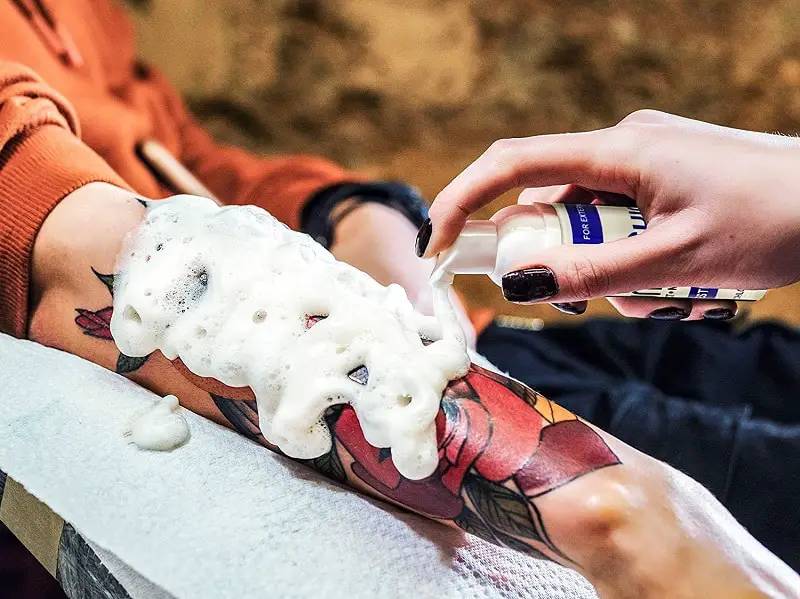
Any decent tattoo artist will give you a list of things you should and shouldn’t do after getting a tattoo. They may also want to contact you in the days and weeks after your tattoo to check up on it, so go ahead and share contact info with them.
General after-care you’ll need to do includes:
- Leaving the bandage on for a few hours (no matter how much your friends beg to see it).
- Gently clean the area with mild anti-bacterial soap and lukewarm water. Use your hand to wash the area of blood, gunk, and ink rather than an abrasive washcloth.
- Pat dry with paper towels – do not swipe or drag!
- Apply some tattoo goo or salve. You can ask your tattoo artist to recommend their most trusted brand.
- Wash regularly, keeping the tattoo clean using lukewarm water. Shower as often as needed, but don’t soak the tattoo in water.
- When/if scabs form, gently soak them with a warm compress until they soften and fall away. Fight the urge to pick at them.
- Wear loose-fitting clothes that don’t rub against the tattoo until it is healed.
Once healed, it’s a good idea to apply sunscreen to the tattoo to prevent sun damage. Exposure to UV rays will fade the tattoo faster.
You might need to consider tattoo touch-ups immediately after or a few years after the initial session. This will include going over the tattoo to sharpen it, or fix any gaps/errors, or enhancing the colors. Remember, the same rules about finding a safe tattoo artist/shop from above will apply!
Read More: Tattoo Aftercare Instructions: How To Take Care Of A Tattoo?
Are You Feeling Ready?
By now, you should either be feeling buzzed to get your first tattoo or sure that tattoos are not for you. That’s okay! They’re not for everyone. Make sure you bookmark this page in case you ever decide to reconsider, and check out our FAQs below for more basic tattoo info.
First Tattoo FAQs
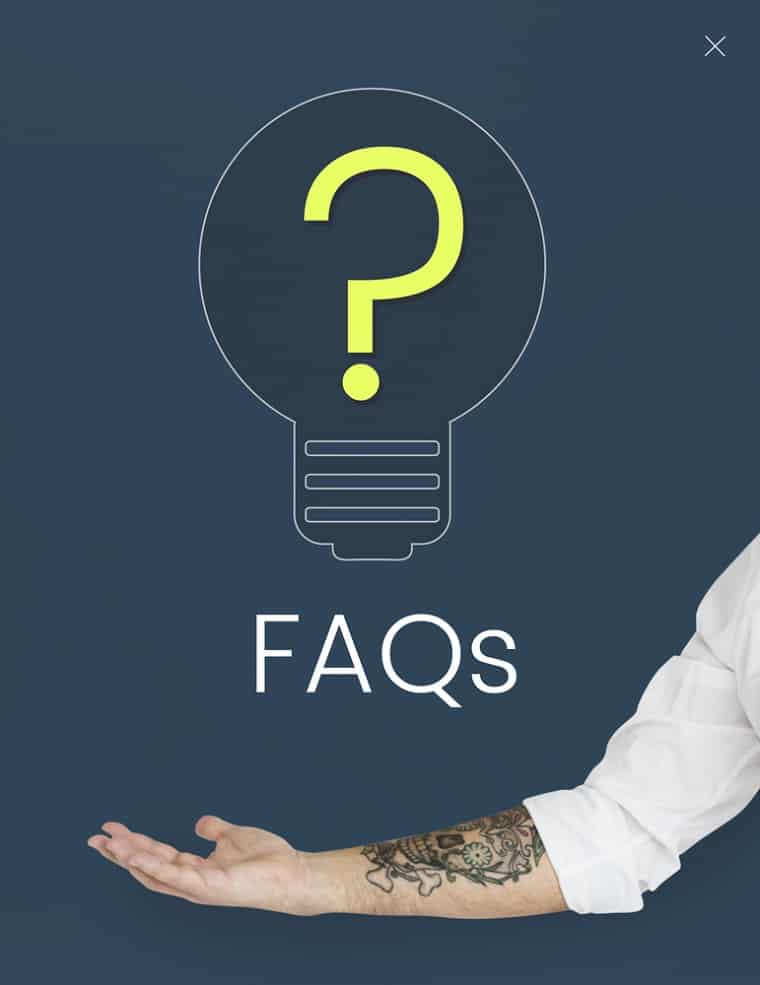
Is your mind bursting with questions? Or maybe you just want to read the summary of this article? No problem. Find answers below.
What is a tattoo?
A tattoo is permanent body art that’s created by embedding ink into the dermis layer of skin using needles. Someone who designs and implements tattoos is called a tattoo artist, tattooer, or tattooist.
How long should I think about a tattoo before getting one?
In our opinion, the longer the better. Tattoos are designed to be permanent (although removal is an option) and last a lifetime, so you need to be sure about them. On the other hand, only you can know when you’re truly ready, so to some extent, you need to go with your gut!
Do tattoos hurt?
Yes, tattoos hurt. There’s no avoiding that. The pain can be mild to very painful, and even enjoyable when the adrenaline kicks in. Where the tattoo is placed and how large it is can impact the pain.
How much does a tattoo cost?
Upwards of $50. Even the smallest tattoos still require fresh needles, ink, and sterilized equipment, which is why prices start here.
Why do people think tattoos are bad?
Tattoos and tattooed people can carry some negative stereotypes. Sometimes this is related to religion – although some cultures integrate tattoos into their beliefs instead. Other times, it’s caused by a misunderstanding of what tattoos are and mean.
What are the disadvantages of tattoos?
If you’re bothered by what other people think of you, then a tattoo could become a disadvantage. Their permanence can be a disadvantage too if you change your mind. Finally, there is a chance your tattoo could become infected or you have an allergic reaction to the ink. That’s why selecting a good, clean tattoo shop is important.
What is the most popular tattoo?
Roses and floral designs, insects (butterflies), skulls, and stars are all popular designs. Pets, angels, and commemorative tattoos are also very popular. Most tattoos are unique, so finding a single design that’s the most popular in the world is tricky!
What to avoid before getting a tattoo?
Aspirin, alcohol, and caffeine should all be avoided in the few days leading up to your tattoo, as they thin the blood. Instead, you should stay hydrated, get plenty of rest, eat a big, healthy meal, and follow any advice given to you by your tattoo artist.
Read More: How to Find the Best Place for Your First Tattoo (2023 Updated)
- Safe, non-toxic plant-based temporary tattoos made with 100% high-definition printing for a realistic look without the pain
- Easy to apply and remove - just stick for 20 seconds then take off
- Set includes 5 sheets with 17 fun, delicate designs like hearts, cats, smiles, suns, moons, and more
- Waterproof and long-lasting - stays on up to 2 weeks of wear
- Fashionable for women, men, girls and boys
- Place on arm, wrist, neck, leg, finger, waist, foot and more
- Great for parties, birthdays, and showing your unique style

